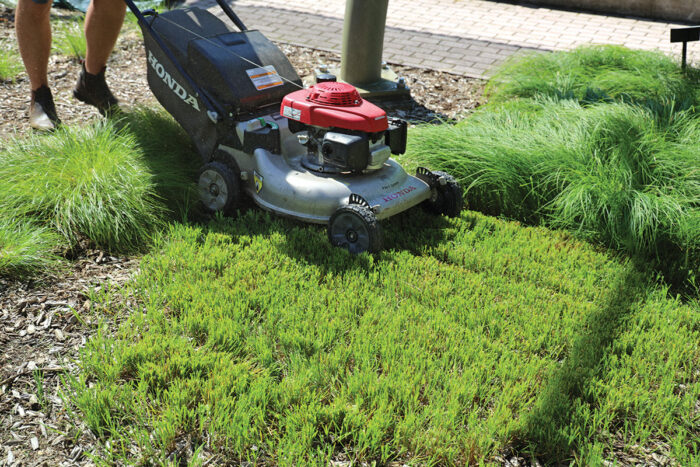
Reducing or replacing traditional turfgrass lawns with sustainable substitutes is a hot topic in today’s world of ecological gardening. A few species of Carex are uniquely poised to serve as lawn alternatives, thanks to their adaptability, low maintenance needs, and resemblance to cool-season turfgrass. These sedges tolerate regular mowing during the growing season, achieving an appearance similar to that of a traditionally maintained lawn.
Suitable turfgrass alternatives:
Wood’s sedge (seen above) and Pennsylvania sedge are great replacements for traditional lawns, thanks to their drought tolerance and slowly creeping rhizomatous habits. Over time, individual plants will knit together and create an effective, mowable ground cover. These species are particularly useful in dry shade, where many cool-season grasses struggle.
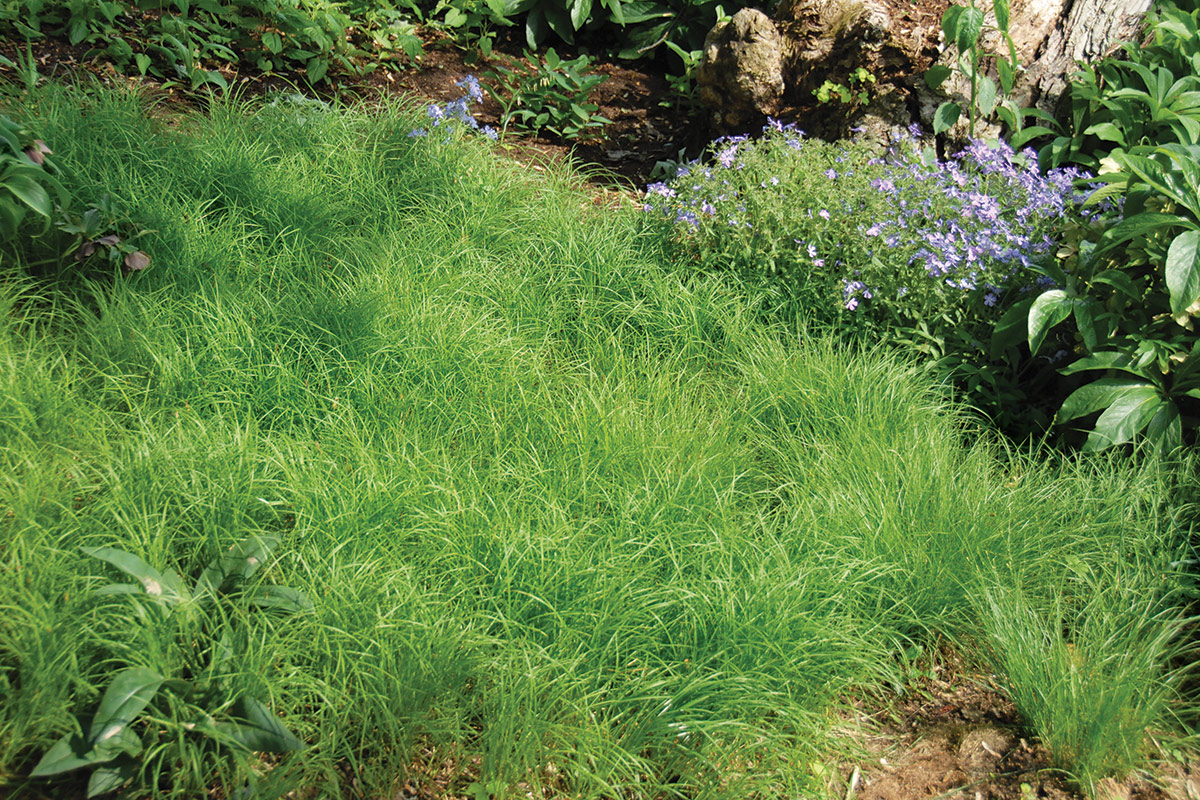
Interesting no-mow options:
A Carex lawn (seen above) can also be left unmowed. This treatment can be particularly beautiful when several species of low-growing sedges are mixed with similarly low-growing and seasonally flowering companion plants. Possible cohorts include violet wood-sorrel (Oxalis violacea, Zones 4–9), creeping phlox (Phlox stolonifera, Zones 5–8), and foamflower (Tiarella cordifolia, Zones 3–8). A sedge lawn might not tolerate the same wear and tear that we expect of turfgrass, but in areas off the beaten path it will offer an attractive, low-maintenance alternative.
Sam Hoadley is the manager of horticultural research at Mt. Cuba Center in Hockessin, Delaware.
Fine Gardening Recommended Products
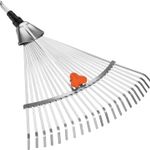
Gardena 3103 Combisystem 12-Inch To 20-Inch Adjustable Metal Fan Rake Head
Fine Gardening receives a commission for items purchased through links on this site, including Amazon Associates and other affiliate advertising programs.
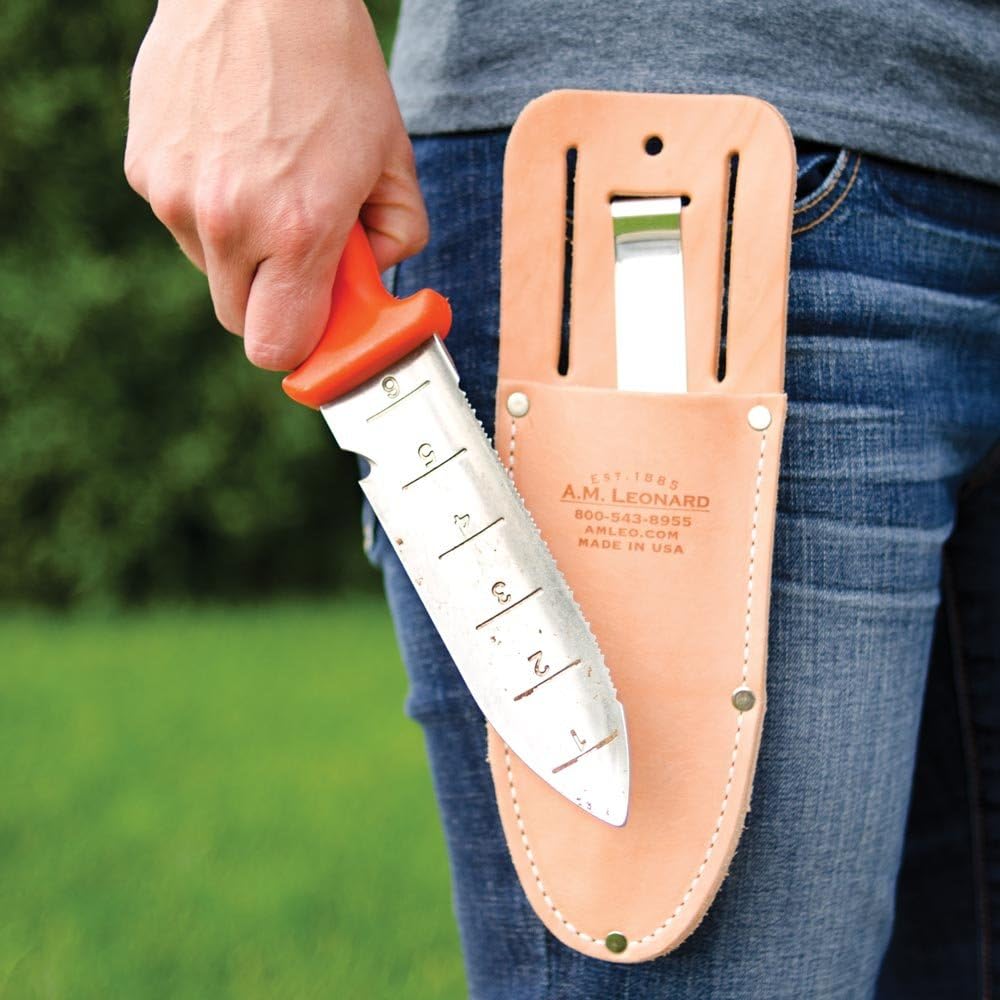
A.M. Leonard Deluxe Soil Knife & Leather Sheath Combo
Fine Gardening receives a commission for items purchased through links on this site, including Amazon Associates and other affiliate advertising programs.
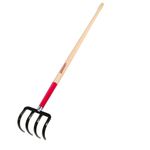
Razor-Back Potato/Refuse Hook
Fine Gardening receives a commission for items purchased through links on this site, including Amazon Associates and other affiliate advertising programs.





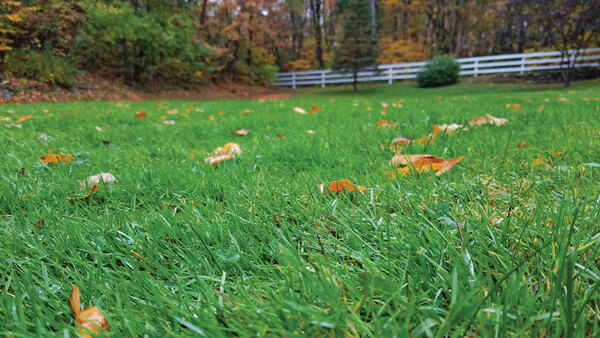














Comments
Log in or create an account to post a comment.
Sign up Log in